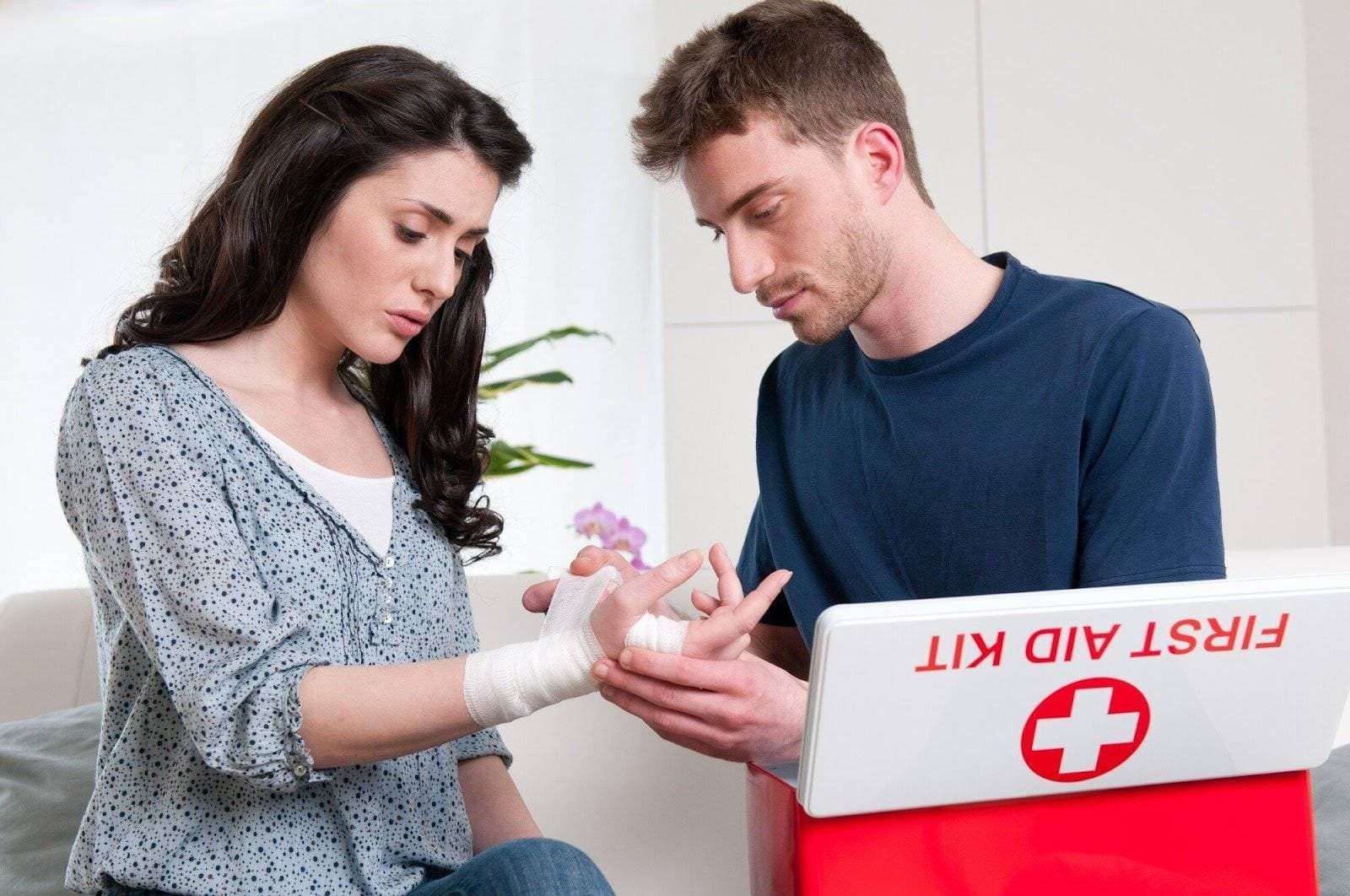Bleeding can happen anywhere – at home, outdoors, or on the job. When it does, fast action matters. Knowing what to do right away can prevent shock, infection, or even worse outcomes. It doesn’t take a medical degree to help.
Simple knowledge of proper steps can make a big difference. These steps are easy to learn and apply in real situations. Here are first aid tips to stop bleeding fast and keep the situation under control.
Learn these skills now so you’re ready when it counts.
Apply Direct Pressure Immediately
Start by applying direct pressure on the wound using a clean cloth, gauze, or your hand if nothing else is available. This slows the bleeding and helps blood to clot. Hold the pressure firm and steady for several minutes.
Do not remove the cloth to check the wound too soon. If it soaks through, place another cloth on top. Keeping pressure constant is more important than how much is used. Always stay calm and keep the injured person still.
Elevate the Injured Area
If possible, raise the bleeding area above heart level. This helps reduce blood flow to the area. It also works with gravity to slow the bleeding. Do this while applying pressure for best results.
Be gentle when moving the limb or body part. Don’t elevate if it causes pain or if there’s a broken bone. Elevation works well with other methods, not alone.
Use a Clean Bandage or Dressing
Once the bleeding slows down, wrap the wound with a clean bandage or dressing. Make sure it’s snug but not too tight. Use adhesive tape if needed to keep it in place. This protects the wound from dirt and germs.
A clean dressing also keeps pressure on the area. If bleeding starts again, repeat direct pressure and reapply a fresh dressing.
Know When to Use a Tourniquet
A tourniquet should only be used in severe cases where bleeding won’t stop with pressure. Place it a few inches above the wound but not over a joint. Tighten until bleeding slows, but don’t leave it on too long.
Take note of the time you applied it. It’s a last resort method, usually for limbs. Knowing how and when to use one is covered in basic First Aid Certification training.
Keep the Person Warm and Alert
After controlling the bleeding, help the person stay warm. Use a blanket or coat to cover them. This prevents shock and helps their body respond better. Keep talking to them to keep them awake and alert.
Don’t give them food or drink in case they need further medical help. Watch their condition closely until help arrives. Staying warm and calm makes a difference.
Call for Medical Help if Needed
If bleeding is heavy or doesn’t stop, call emergency services right away. Also call if the wound is deep, dirty, or caused by a serious accident. Quick action can save a life.
Even if you stop the bleeding, follow-up care may be needed. Describe the injury clearly to responders. Stay on the line until told to hang up.
Learn to Stop Bleeding Fast
Stopping bleeding fast can prevent bigger problems. The key is knowing what to do and acting right away. Use pressure, elevation, and clean bandages as your first steps.
Only use a tourniquet when other options don’t work. Always monitor the person and call for help when needed. These simple steps can save lives in real emergencies. Learn them now so you’re ready when it counts.
For more topics, visit our blog page. We do have more!





